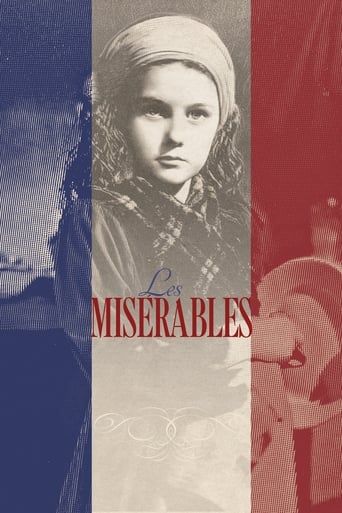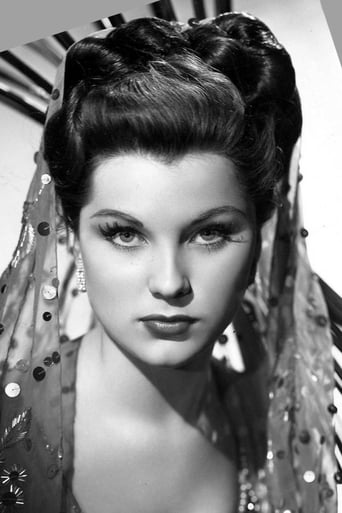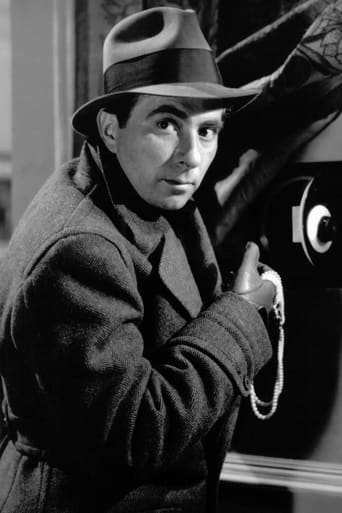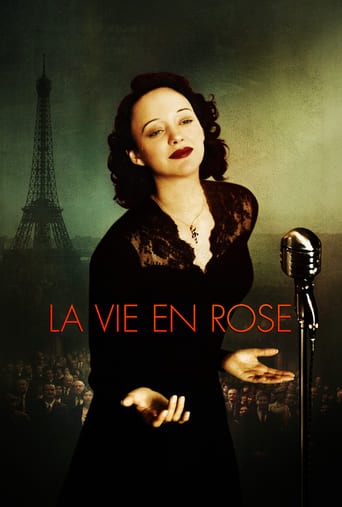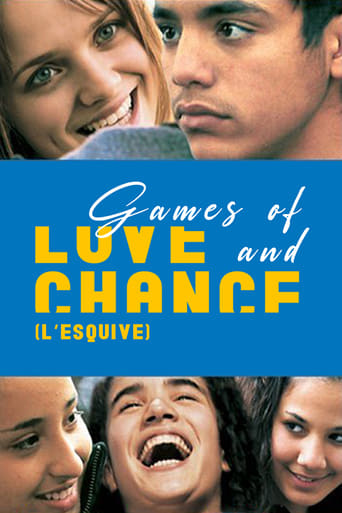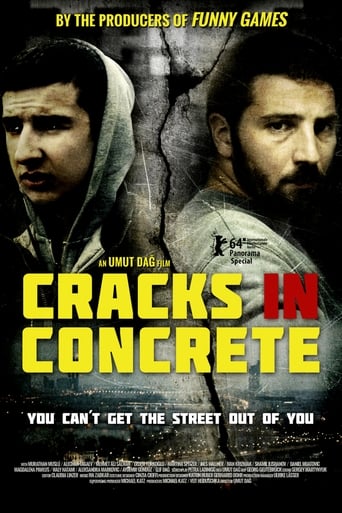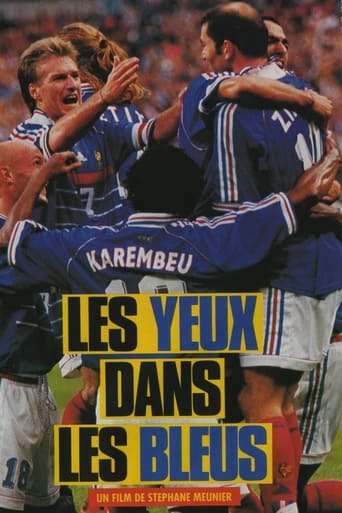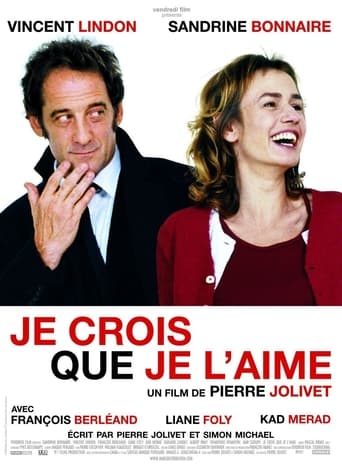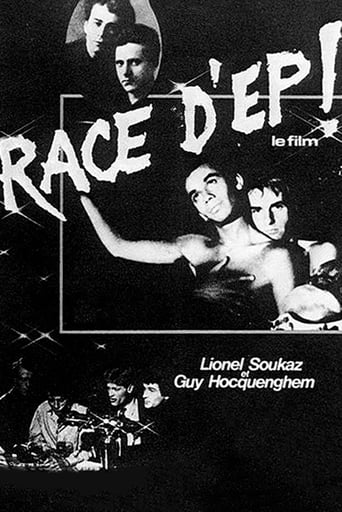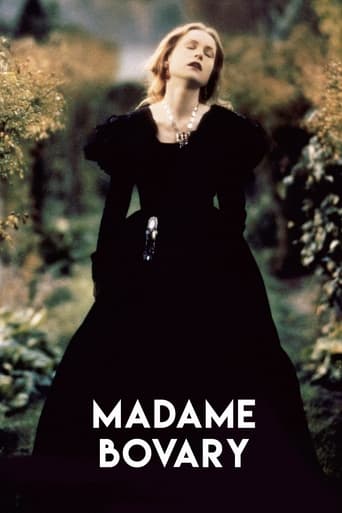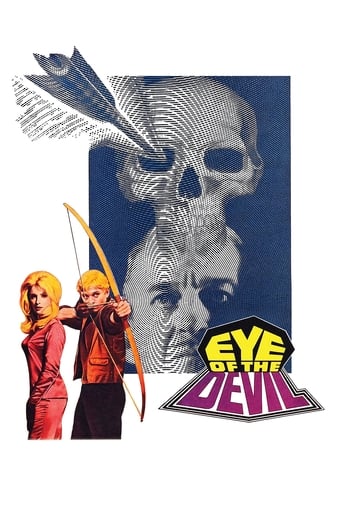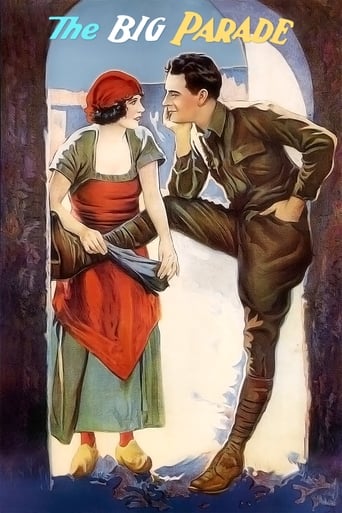Les Miserables (1952)
Jean Valjean, a Frenchman of good character, has nevertheless been convicted for the minor crime of stealing bread. A minor infraction leads to his pursuit by the relentless policeman Javert, a pursuit that consumes both men's lives for many years.
Watch Trailer
Cast


Similar titles
Reviews
I love this movie so much
Waste of time
Instant Favorite.
An old-fashioned movie made with new-fashioned finesse.
As a huge fan of the book and the musical, I have made it one of my priorities to see all of the movie versions of Les Miserables that I can. I can officially say now that this version is probably the furthest from the book, except perhaps the 1998 version. I cannot blame the actors, but I do blame the screenwriter and director for this slaughter of a classic.The movie was okay up until the judge sentenced Valjean to ten years in the galleys. Valjean doesn't go to the galleys, he goes to TOULON, a PRISON CAMP where he does HARD LABOR. I could forgive this however, except that the movie only went downhill from there. The incident with the bishop is fairly similar...save that the dialogue seems to have been taken almost word for word from the 1935 version and that Mme. Magloire appears about twenty. Valjean is somehow able to buy a pottery plant after his "brilliant" idea to have everyone work on what they are best at. So much for glass beads. At this point he meets the entirely nonexistent Robert, who becomes a close friend that lives with Valjean for the rest of the movie. Why did they decide to make up characters, WHY? It was wholly unnecessary! Well...it would have been if they had stuck to the book. The way this script was going it was probably necessary.Fantine, of course, does not sell her hair. Or her teeth. Because apparently audiences of the 1950s do not want to hear about such things. In fact, she looks quite good for a woman living on the streets. Fantine is not a prostitute either, because it's bad to promote prostitution as a way to survive when you cannot support your starving child any other way. And, because everyone has to believe that good things happen to dying people, Valjean goes and fetches a not-so-young-looking Cosette, who is reunited with her not-so-sick-looking mother. Bear in mind that this sequence is not shown, eliminating the Thenardiers entirely, as well as images of a malnourished Cosette. Apparently everyone is well aware Fantine is going to die, yet they go about their day ever-so-happily.They end up at "The Convent of the Child Mary" because Petit Picpus is too hard to say. The sequence of meeting Marius in the convent is rather random, as is Marius' later accusation of Valjean being in love with Cosette. This IS NOT TRUE. Why? Why do so many directors and screenwriters think he's in love with Cosette? It's not TRUE. Anyway, Marius, not seeming overwhelmingly disheartened when Valjean won't let him marry Cosette (and also says they're leaving for England), ends up at the barricades. It's not really ever explained why there's a barricade in the first place. There just is. It's just a bunch of random people (and by that I mean, about five times as many in the book. It's 40, not 200) So Valjean intercepts Marius' letter to Cosette...which says something to the effect of "Your father is a jealous, horrible person. If I live, you should run away and elope with me." Totally opposite, of course, from the "I'm going to die, and I love you" letter that should be sent. Valjean seems to go to the barricade more to convince himself he's unselfish than to save Marius.Then comes the sewer chase. The sewer chase upset me for one reason, and one alone. There was a skull on the sewer ledge. Just a skull. Not even a skeleton. Because so many people go down into the sewers and some how decapitate themselves such that their head remains on the ledge and their body floats away. It was so CORNY! I laughed very hard when I saw that skull. It also appears to be a flashback to the 1935 movie, where there was one present in those sewers as well.Thanks to bad character development and a bad script in general, Javert's suicide seems entirely uncalled for. And Valjean watches. And the movie ends. And I start to cry and laugh simultaneously.I am very upset at the plot changes, as well as the cuttings of Enjolras, Eponine, and the Thenardiers. I am upset that Valjean was a brute with few redeeming qualities throughout the movie, and that they did not show his confession to Marius nor his death. I am upset at the horrid characterization of Javert, who was among other things short, rotund, and non-menacing. I am upset that Fantine looked perfectly fine and got to see a thirteen-year-old Cosette again. I am upset that Marius was an unattractive, 35-year-old man without a background story to help you understand his character. I am upset at the addition of "Robert" into the story. I am upset that absolutely no one in a movie about the poor and miserable was poor and miserable except the galley slaves. In fact, Gavroche may have been the only character whose original attitude and appearance remained the same, though many of his scenes were cut entirely and he served more as a messanger than anything.Some other unexpected defects in this wretched movie were the costumes. The costumes did not look at all like the clothes of 19th century Parisians, except for the National Guard uniforms. The hats, in particular, were very wrong for the time. It was saddening that no one did any research on this kind of thing.The trailer advertised it as "A movie as great as the book!" The people who created this trailer must have never read it.
In reaction to the reviewer qualifying this the best version he has seen I feel obliged to point that Victor Hugo is not respected here ; Cosette had a peaceful childhood and appears with Hollywood pretty dresses, and Gavroche,the kid from the miserables (people in misery starving) which becomes an emblem dying during the revolutionary barricades against the oppressive crush from fortunate class and bourgeoisie, is reduced here to deliver a letter ! Try reach the director Raymond Bernard trilogy, with Harry Baur as Jean Valjean. You will discover reality, not "let's not hurt audience" casting or look. Another more faithful version is the one with Jean Gabin, but with so clean miserables ! No, the trilogy by Raymond Bernard, shown from decades on French TV, recently restored by Cinematheque Francaise, seems to be the Victor Hugo book alive. No concession, misery is there, corrupted houses, characters alive rather than actors on parade. This trilogy is beyond art, it is life, as Victor Hugo described it.
This was the first version of Les Miserables that I saw. I have seen 3 versions since, including the excellent French version with Gerard Depardieu and John Malkovich, but none has the same sheer storytelling power of the 1952 version. Michael Rennie and Robert Newton are superb in their contrasting roles, and the support cast is excellent.
The REAL reason to see this film is to watch Robert Newton as Javert. Javert was a gypsy born in prison who, by shear force of will on his part, has gotten himself into a position of power. He is inflexible and Spartan in his life style and expects as much or more of himself than he does his acquaintances, (he has no friends), and those he rules over.The problem with the film is that Michael Rene is nothing like Hugo's massive peasant, Valjean. Jean Valjean was a stocky, broad-shouldered, barrel-chested man of only average height and a low center of gravity, Not the tall, slender, elegant Rene. AND, Rene was only an average actor. Deborah Paget couldn't act at all, she was there for pure decoration value.See this film for Newton's Javert. He is superb.

